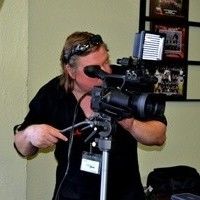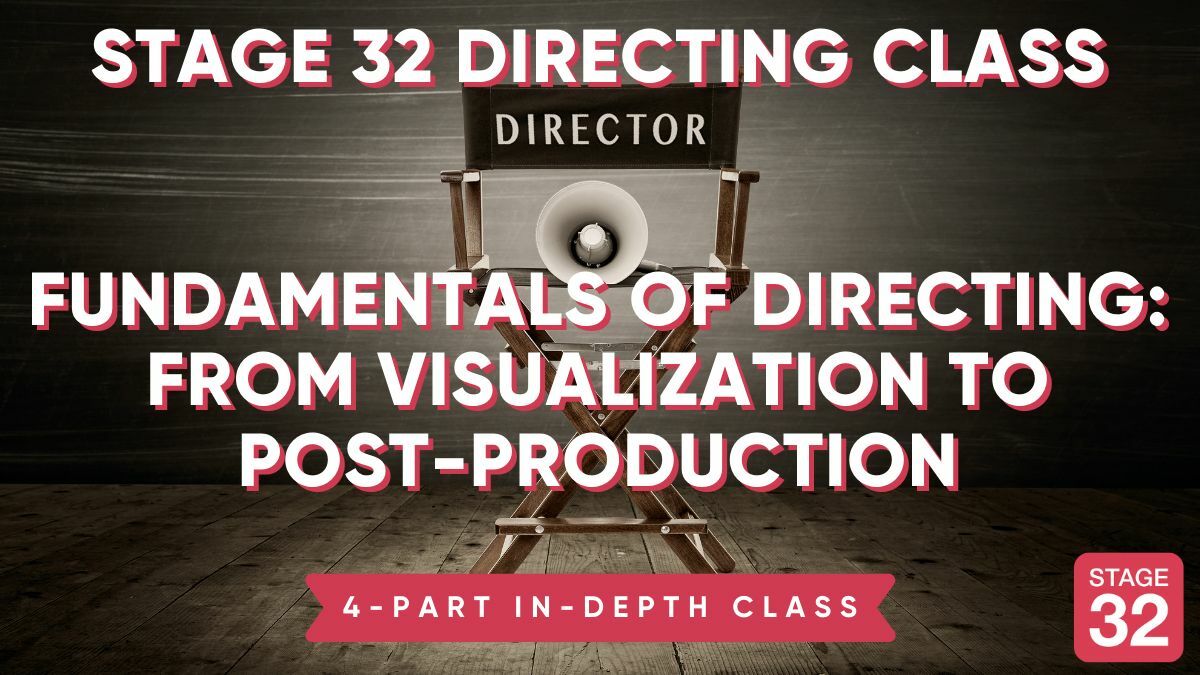I am going to ask a question you may say Not that one again!!! KEY LIGHT Camera left or camera right? A guy online was saying he was told in a workshop that it should be camera left. Sooo... I tried it but ended up with some weird shadows. could have been a weird reflection from my reflector or something else in the room that I didn't notice but where do you all put your key light and why? Even for outdoor portraiture using an off camera flash... is right or left best in most instances? Thanks for your input



2 people like this
The key light can come from anywhere, there are no rules as to which side. Key light direction, intensity, quality and colour are all derived from the story you are telling, the environment on the screen, the subject, blocking, camera movement and artistry among other things.
Just as Andrew was saying, the position of your lights will be dictated by the script, location, and desired look. I often shoot moody interiors without a traditional "key light" and just use a soft fill on the subject, then a few lights to shape the background. This can be highly stylized, but again, it depends on the content of the story. A good exercise you can do is watch a scene you like from one of your favorite movies and pause it on a good frame. Look at where the shadows are falling. That will tell you where the lights are on set. Try to emulate something you like and it will teach you loads!
Think of it as a FILL light. I like to shoot Rembrandt style. I learned up high and coming down from the left onto the face of the subject. In the end, it's you that is telling the story.
1 person likes this
the answer is there is no set rule. A lot depends on style. so yes no maybe
I have to agree with most of the answers above, it varies to the degree of the mood you plan to capture. There is also a technique known as a "kicker" light that often applies toward the back of subject that compliments the backlight, to help the subject more so "pop out" a little more from the background, depending on where its aimed at.
For interviews usually the key is on the right side. Fill should be left. Our eyes draw to the bright areas of a picture and since we read left to right this is more natural Just as others said there is no rule, all depends on what your shooting and mood. If you want to take it a step further, look up contrast ratios for lighting. This will help you determine amount of key, fill, back light and background brightness to achieve the correct balance based on mood
1 person likes this
The key can come from ANYWHERE, period... otherwise, how would anyone ever have eyeline to screen left ? Now if the key in let's say an interview comes from the Right and the subject is framed primarily eyeline to the right, you now have the question, is the key set short or broad ? The shadows are largely a result of this choice.
For interviews the key light and camera should be on the same side... unless you're intentionally something something else with your lighting, i.e. if they're not the protagonist in your story... They key light should never be thought of as a fill light. Ever. The light that creates your shadows is your key light. The light that adds some detail in the shadows is your fill light. The kicker is essentially a specific version of an accent light, which when used well can very flattering. It can also be very dramatic, particularly if you're using a very low key shot as in a noir style of film. Which you choose depends on the story you're telling in that shot, because every shot should tell a story.